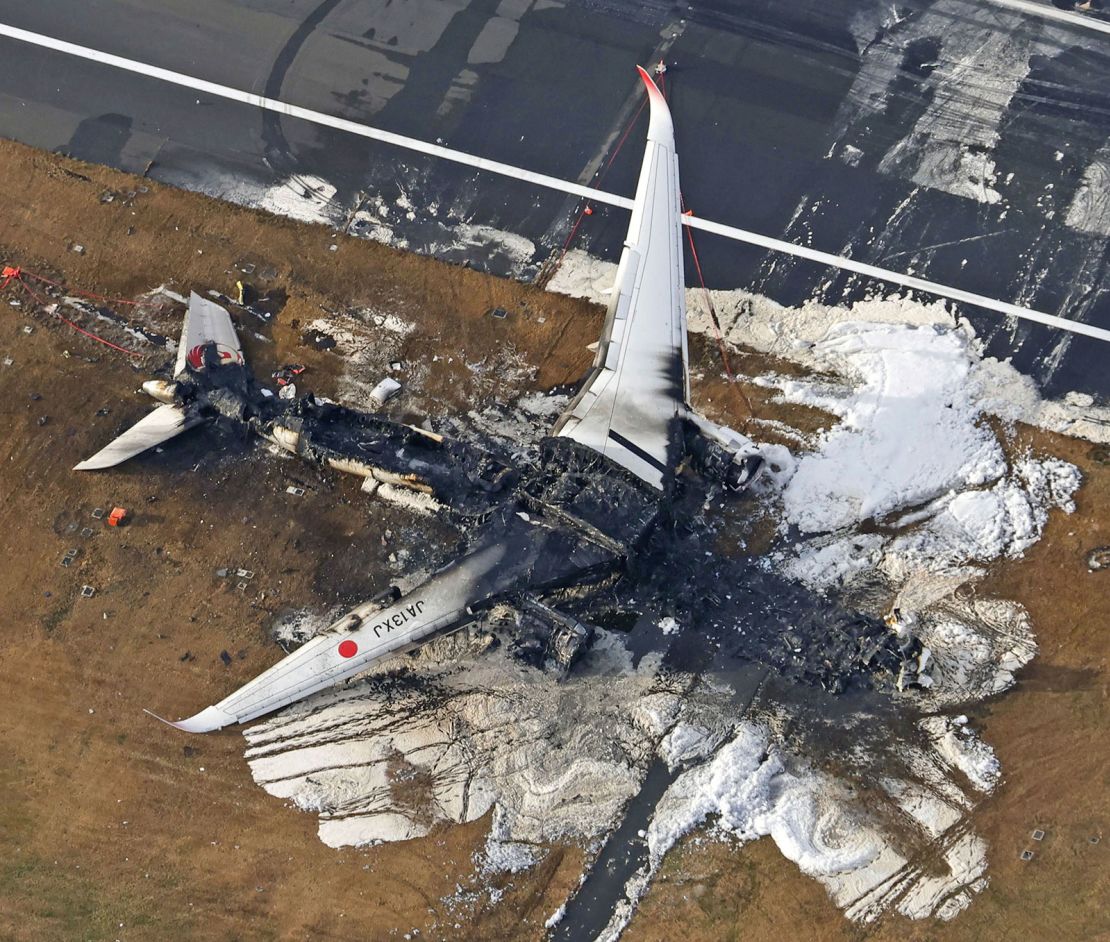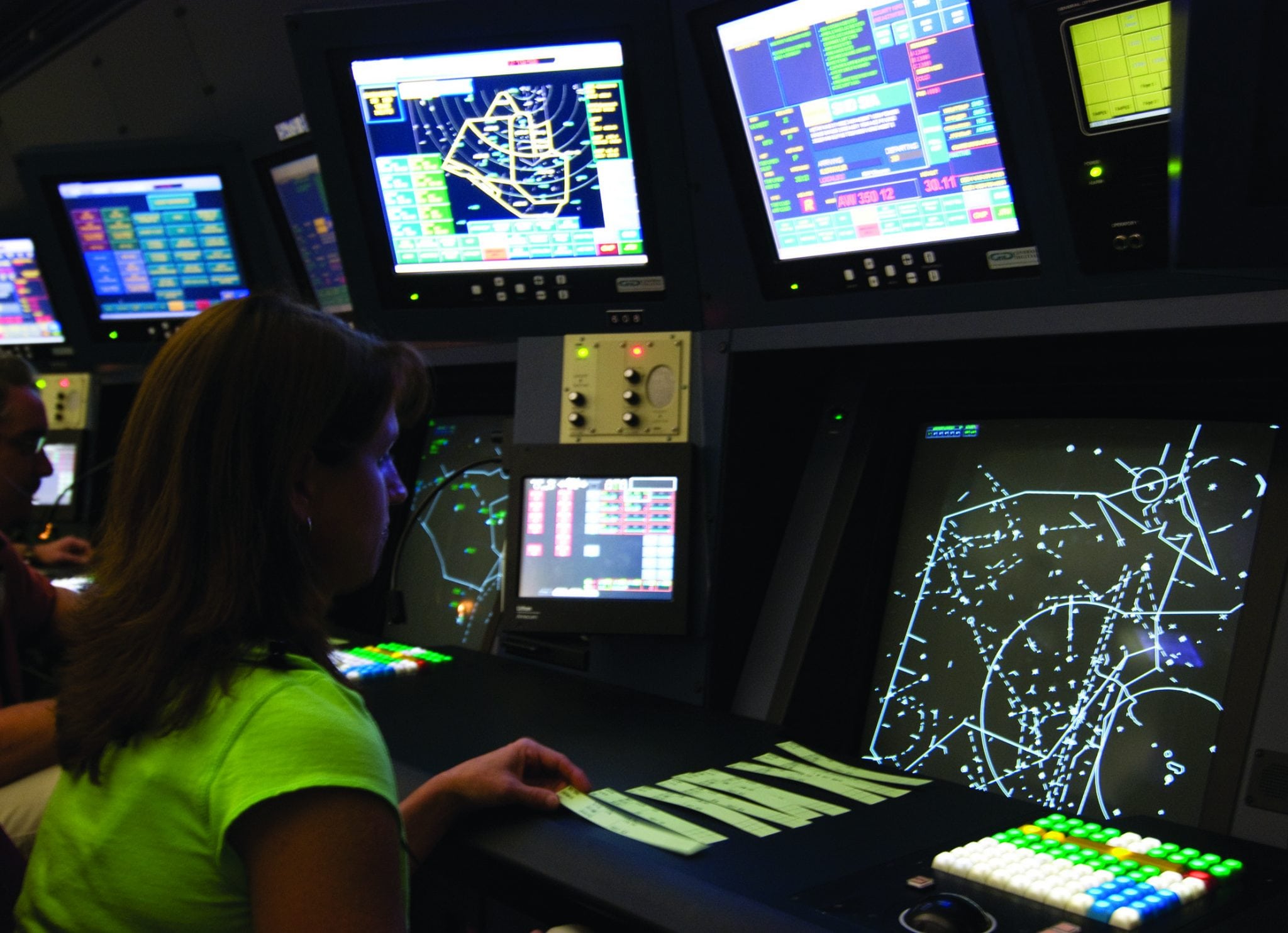Tragic D.C. Plane Crash

The Recent D.C. Plane Crash: Implications for Commercial Aviation Safety
On January 29, 2025, a catastrophic mid-air collision occurred over the Potomac River near Washington, D.C., involving an American Airlines regional jet and a U.S. Army Black Hawk helicopter. This tragic event resulted in the loss of all 67 individuals on board both aircraft, marking a significant moment in U.S. aviation history.
Impact on Commercial Flights
In the aftermath of the collision, the Federal Aviation Administration (FAA) implemented immediate measures to enhance safety protocols at Ronald Reagan Washington National Airport (DCA). One of the primary actions taken was the reduction of flight arrivals per hour from 28 to 26. This decision aims to decrease air traffic congestion and reduce the workload on air traffic controllers, thereby mitigating potential risks associated with high traffic volumes. However, this reduction is anticipated to increase average flight delays from 40 to 50 minutes, affecting both airlines and passengers. These restrictions are currently temporary, serving as part of a broader strategy to address safety concerns and prevent future incidents.
The incident has also prompted a comprehensive review of flight operations and airspace management in the vicinity of DCA. Given the airport's proximity to restricted airspace and its complex flight paths over the Potomac River, the FAA is evaluating current procedures to identify areas for improvement. This includes assessing the coordination between civilian and military flight operations, as well as the effectiveness of existing communication protocols among pilots and air traffic controllers.
Is Flying Still Safe?
Despite the gravity of the recent tragedy, air travel remains one of the safest modes of transportation. Statistical analyses indicate that from 2018 to 2022, the risk of a fatality from commercial air travel was approximately 1 per every 13.7 million passenger boardings globally.
This statistic underscores the rarity of such incidents and highlights the overall safety of air travel.
Aviation experts emphasize that while the recent collision is deeply concerning, it is an anomaly in an industry that has seen significant safety improvements over the past decades. Continuous advancements in aircraft technology, stringent regulatory standards, and comprehensive pilot training programs have collectively contributed to making air travel safer than ever before. The industry operates under a robust framework of safety protocols designed to prevent accidents and ensure passenger well-being.
However, the incident has brought to light areas that require further attention. Discussions have emerged regarding the adequacy of air traffic control staffing levels and the need for modernization of equipment to prevent future accidents. In response, there have been calls for an overhaul of the U.S. air traffic control system, with suggestions to develop a new, computerized system to replace the existing one. Such initiatives aim to enhance the efficiency and safety of air traffic management, thereby reducing the likelihood of similar incidents in the future.
Ongoing Investigations
The National Transportation Safety Board (NTSB), in collaboration with other federal agencies, is conducting a thorough investigation into the causes of the collision. Preliminary data indicates that the Black Hawk helicopter may have deviated from its assigned altitude during a routine mission, ascending higher than the permitted 200-foot altitude limit. Concurrently, the American Airlines Flight 5342 was executing a landing approach to DCA. The NTSB is meticulously analyzing data from both aircraft's black boxes to reconstruct the events leading up to the collision. This analysis includes examining flight paths, communication records, and cockpit voice recordings to determine the sequence of events and identify potential contributing factors.
Investigators are also scrutinizing air traffic control operations at the time of the incident. Reports have surfaced indicating that the air traffic controller responsible for managing flights was handling duties typically assigned to two individuals due to staffing shortages. This situation may have contributed to communication lapses or oversight during critical moments leading up to the collision. Additionally, it has been revealed that the Black Hawk's automatic dependent surveillance-broadcast (ADS-B) system, a crucial safety feature that enhances aircraft visibility to air traffic controllers and other aircraft, was turned off during the flight. The reasons for this deactivation are currently under investigation, as it may have played a role in the inability to prevent the collision.
The investigation is also considering environmental factors, such as weather conditions and visibility, as well as human factors, including pilot decision-making processes and potential fatigue among air traffic control personnel. The NTSB is expected to release a preliminary report in the coming weeks, with a comprehensive final report to follow upon the conclusion of the investigation.
Conclusion
The recent plane crash near Washington, D.C., is a profound tragedy that has deeply affected the aviation community and the nation as a whole. While the incident underscores the inherent risks associated with air travel, it is important to recognize that such events are exceedingly rare. The aviation industry is characterized by its unwavering commitment to safety and its proactive approach to identifying and mitigating risks.
In response to this incident, industry stakeholders are undertaking comprehensive reviews of existing protocols and systems to prevent future occurrences. This includes evaluating air traffic control staffing levels, assessing the functionality and usage of safety systems like ADS-B, and exploring opportunities for technological advancements in air traffic management.
Passengers can remain confident in the safety of air travel, knowing that the industry continuously strives to uphold the highest standards of safety and reliability. The lessons learned from this tragedy will inform future improvements, ensuring that air travel remains a safe and efficient mode of transportation for millions of individuals worldwide.
As the investigation progresses, it is crucial for regulatory bodies, airlines, and other stakeholders to collaborate closely, share information transparently, and implement necessary changes promptly. Through these collective efforts, the aviation industry can honor the memory of those lost in this tragic event by reinforcing its commitment to safety and preventing similar incidents in the future.

